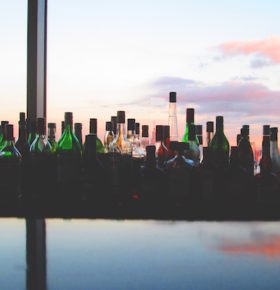
PortMA has been measuring a national event marketing campaign for a large spirits brand since February 2015. Brand teams activate off-premise grocery and liquor accounts in several markets. We help evaluate their account selection by reviewing market-level field staff metrics like samples and bottle sales per hour. When certain markets are outperforming others in sampling and sales, it’s our job to find out why. Thus far, it seems like the type of store at which they’re activating makes all the difference.
The agency-client set key performance indicators (KPI) for samples per hour, bottle sales per hour, and on-site conversion (bottles sold as a percentage of total samples distributed). We were tasked with tracking these field staff metrics against KPI in each market, so the client could make routing or strategy adjustments during the campaign. Come time to recap the event marketing program at the mid-point, we discovered some distinct differences between the markets.
Samples per hour were short of KPI in all markets. I dug deeper into the data to have an explanation before the client hit the panic switch. It turned out that teams in each market were providing samples to just about every consumer with whom they engaged. For example, the Dallas team sampled 22 consumers per hour and engaged 25 per hour. So, there wasn’t a problem with team effort.
The story was a little different when it came to bottle sales. Three markets (New York, New Jersey, and Orlando) were ahead of bottle sales and on-site conversion KPI. This seemed unusual because these same three markets were toward the bottom of the list of samples distributed, so something other than sampling was influencing sales. What could it have been?
The on-site survey data yielded some insight here. The results from the three markets were almost entirely collected at liquor store activations. Consumers walking into the stores and engaging the brand team were likely planning to buy alcohol in the first place, so the event experience pushed consumers toward buying their brand rather than a different one. I almost spent more time than I needed reviewing field staff reports when Occam’s razor was applicable the whole time.
We shared this finding with the client, which encouraged them to consider adding more liquor stores to future program routing. As an analyst, my initial reaction is to dig deeper for event marketing insights. Sometimes, however, the simplest solution is right in front of your eyes.
